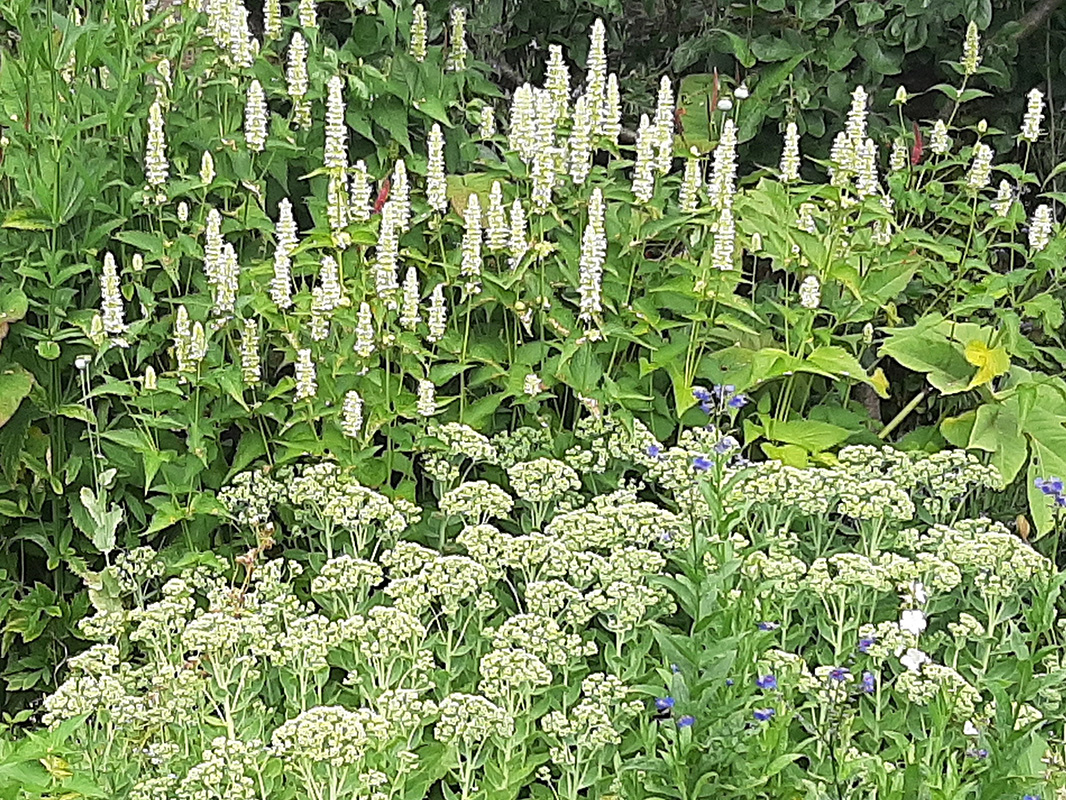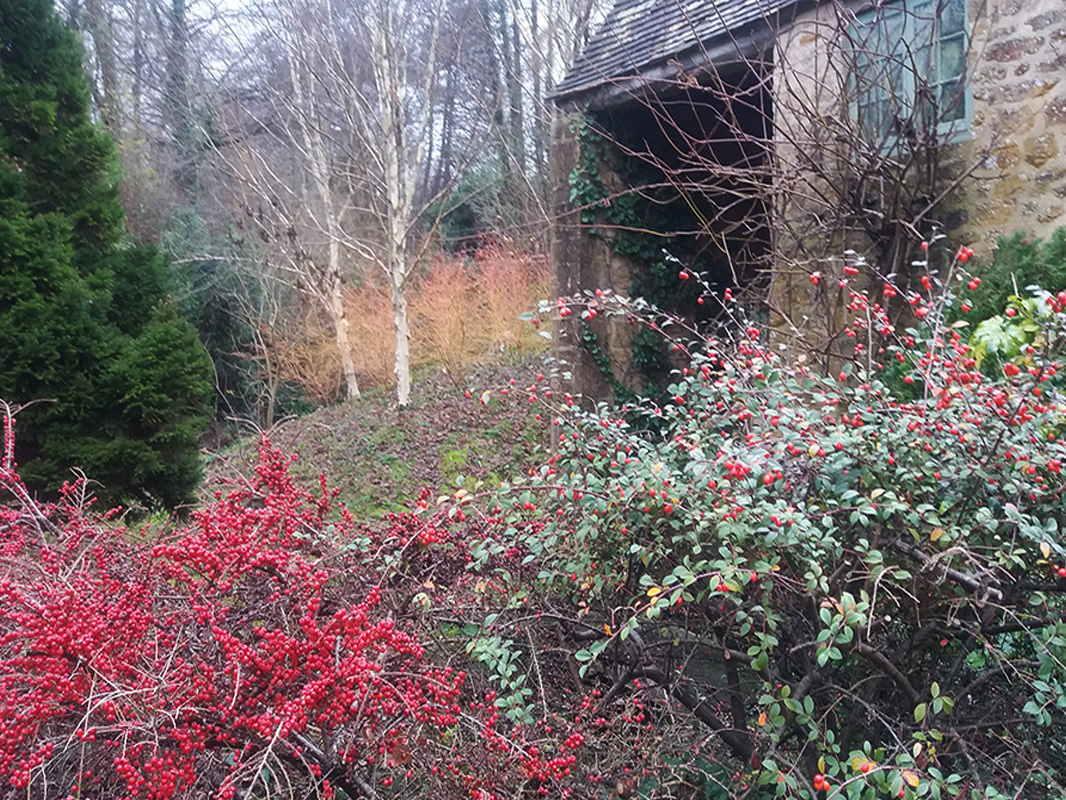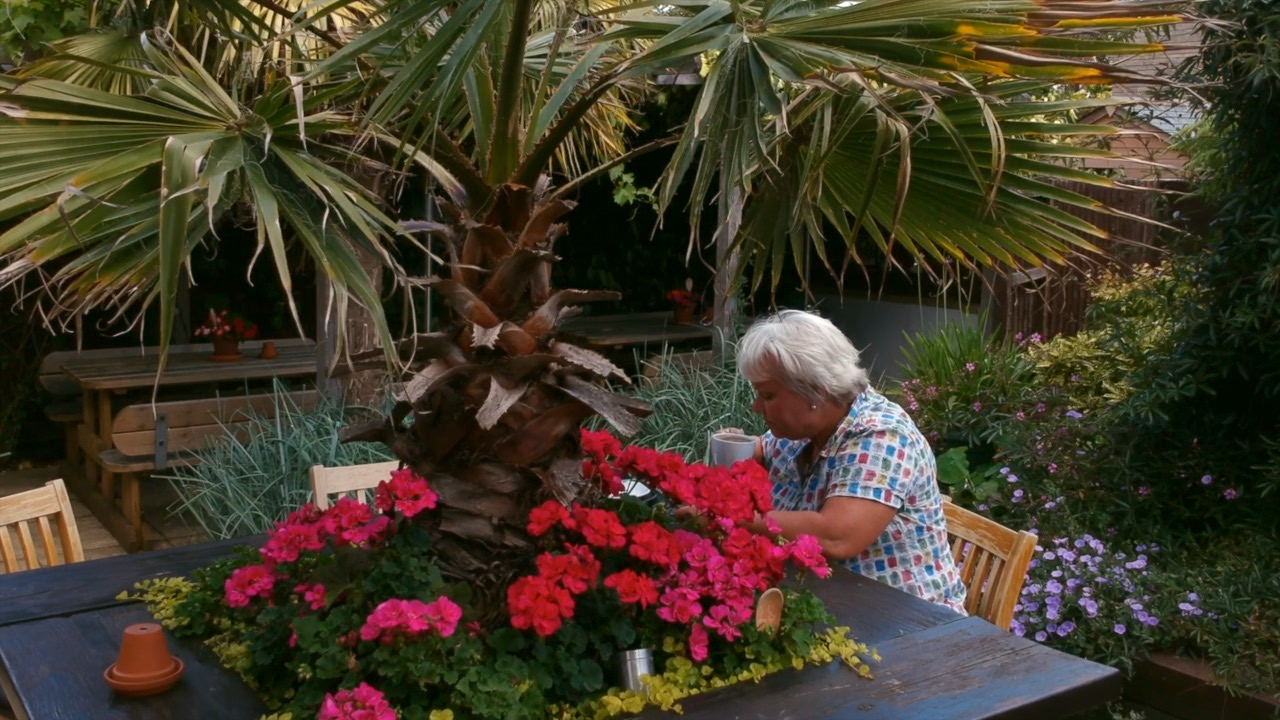A rainbow of soft fruit
I promised to write about more soft fruit this month, and it is the turn of cane fruit. It is still too wet for serious gardening. I potter out to look at the early snowdrops in the drizzle and potter back in again sharpish. I will spend more time planning new varieties of plants for the allotment and home garden. Cane fruit mostly have lax growth that requires either a hedge to sprawl through, or post and wire supports, or a fence to be trained against.
Many new varieties are completely thornless, which make the business of tying them in and picking fruit more enjoyable. Raspberries, blackberries and hybrid cane fruit are mostly biennial, producing smooth new canes one year that branch and fruit the following summer, while next years growth grows from the base of the plant.
Blackberries are first on the alphabetical list of soft fruit, but possibly the last you will choose. If you live in the country, you can have your fill of wild blackberries in the hedgerows in August and September. However, cultivated varieties can be thornless, or with large fruit, more intense flavour or ripen as early as July and earn a place in the kitchen garden.
Some blackberries like Loch Ness and Waldo are more compact and erect, with a habit more like a raspberry. Suitable for smaller gardens as they can be grown up a pole. For decorative qualities as well as compact habit, I shall choose Loch Maree, with double lilac flowers, tasty fruit and such stiff habit, it can be grown as a free-standing bush. At the other end of the scale, Himalayan Giant is so vigorous and spiny, its growth up a boundary fence would discourage the most determined burglar. Karaka Black has spectacularly large fruit fully 3cm long, of rich flavour too.
Raspberries are generally grown in rows and are probably the favourite of all soft fruit. The more erect forms are happy being supported between 2 rows of posts and wires without needing tying in, the taller kinds being tied onto a single support. They will sucker and new growth will appear several feet from the original row, which will become a hedge unless you hoe off the unwanted shoots in spring. Like the blackberries, the summer kinds are biennial, but my first choice would be the annual growing and late fruiting Autumn Bliss.
Not only can it be grown without any support as the canes are shorter, but they will give a long season of cropping to August to October. You cut everything to the ground round about now, so no shilly-shallying about what to cut and what to leave – it’s everything off, an easy job to delegate without regret.
If you leave a few old canes at about 50cm high, they will give you a small crop in July. The fruit is of medium size. I have never considered growing raspberries in a polytunnel, but if I could and did, I could have Autumn Bliss raspberries ripening till Christmas.
If you want more summer raspberries for jam and summer puddings, there are many choices. I wanted a large berry, such as you see at great expense in small trays in the supermarket. Good flavour, thornless canes and high yield of large fruit meant Glen Ample was my first selection. It requires a good soil to give of its best, so if you are not so blessed, you will be better off with a tough variety like Malling Promise.
I rather fancy making a summer raspberry pavlova decorated with rings of different coloured raspberries. If only I had more room in the garden, I should include yellow Kiwi Gold, and purple Glencoe just for this pudding. This is a wild extravagance – I have seen this variety for sale on-line at £17.99 for a single plant. If you have only a patio, there are now dwarf varieties like Yummy only 45cm tall that will grow in a pot, although at a tenner a plant it will be a while before it pays for itself.
You may need to develop selective deafness at complaints that Grow Your Own doesn’t pay or smuggle your purchases in past the border guard. A tip for shameless and unpopular spending on garden treasures – hide the label. Bury it with the plant and make a note of what you planted in a secret diary. Honesty is essential in good relationships, but this is a situation where economy of truth might serve you better.
If I had room for only one kind of cane fruit, I shall choose a hybrid berry, such as a Medana Tayberry, reckoned to be the tastiest and most prolific of the hybrid berries. It can be kept out of the way trained along fence wires and makes excellent jam with a rich flavour.
For decorative effect, and occasional eating, the Japanese wineberry is rather lovely. A spiny little beast, its spines glow red in the afternoon sun in a very pretty manner.
Once you embrace your love for the bramble family, there are many temptations grown for decorative effect only. I might grow Rubus cockburnianus just for the comic value of the name and for the winter effect of its white bloomed canes. Not wishing to do battle with viciously thorny thickets of white brambles, I choose Rubus Benenden for its bushy arching thornless habit and large single white flowers. My fantasy garden grows larger every day… I want to grow Vetchberry, Dewberry and Boysenberry as well.
.



